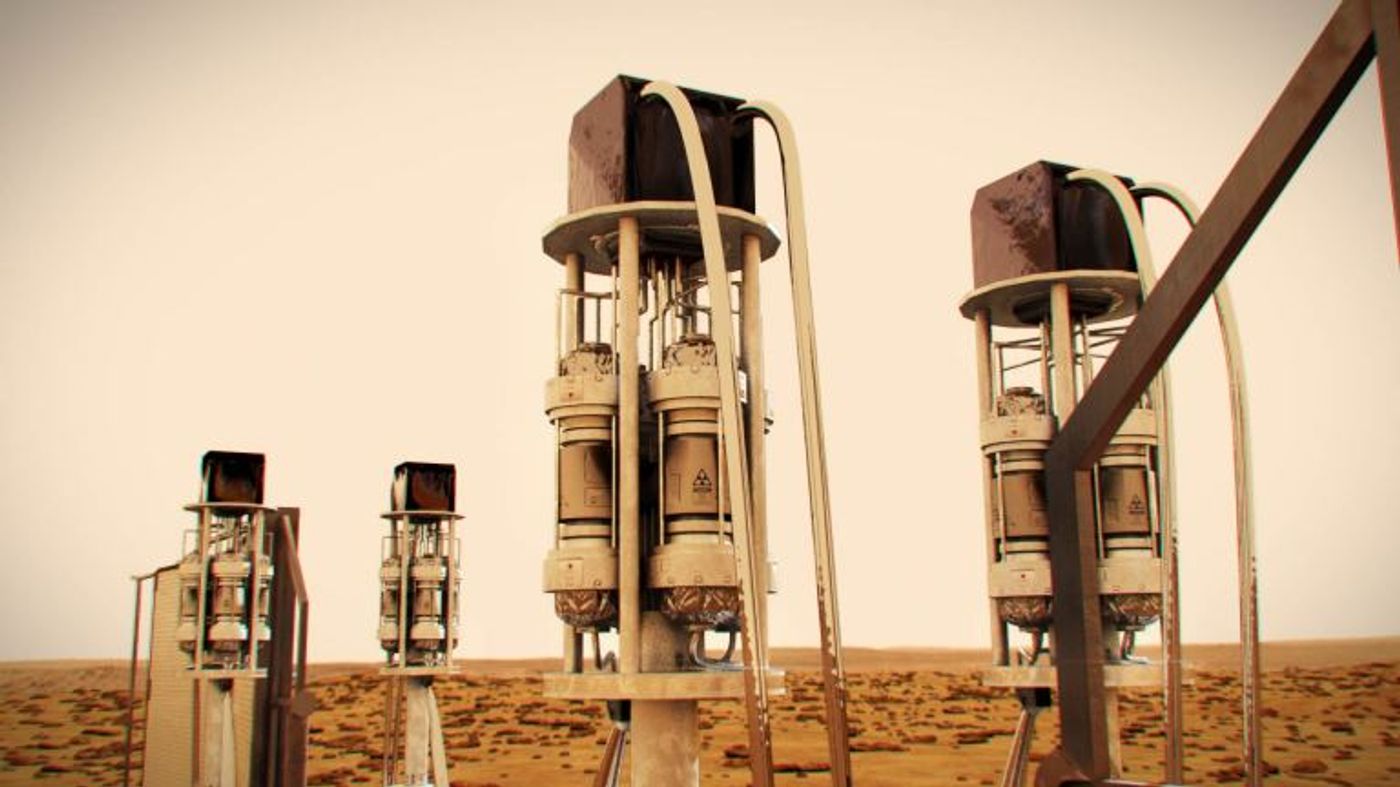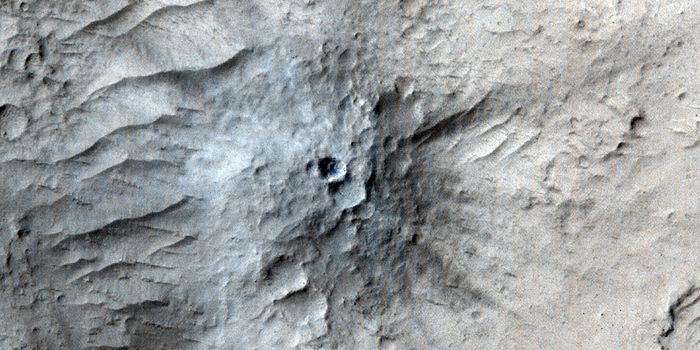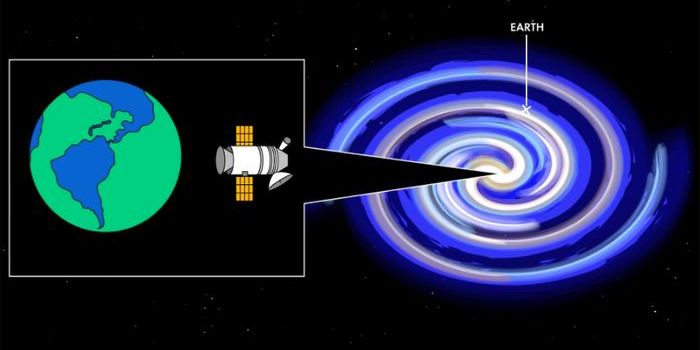Solar beats nuclear at many potential settlement sites on Mars
Two indisputable facts are apparent when it comes to space exploration: 1) We are sending humans to Mars, whether it’s this decade or by the 2040s, it’s going to happen. 2) Those brave human pioneers will have to spend longer on Mars than it took to get there. Why is this second fact even more important than the first? For starters, Earth and Mars both must be in just the right positions in order to launch from Earth and arrive at Mars within six months. This is where it gets tricky since that alignment only happens once every two Earth years. Hence why we don’t launch our fancy expensive robots to Mars just on a whim, plus sending humans to Mars is far riskier and more expensive. Now because this alignment only happens once every two years, this means when the astronauts get to Mars, they’re going to have to wait two years before they can make the return trip home. So, account for six months each way, that’s three years away from Earth, and two of those years are on the surface of an inhospitable planet that’s beyond constantly blasted by deadly cosmic radiation. Survival is of the utmost importance since we won’t be able to send a rapid response team when we want. This survival will depend on having the right tools and equipment to ensure maximum risk management.
The most important aspect of crew survival will be energy, and while NASA is currently looking into building nuclear reactors for future Moon and Mars mission, a recent study published in the journal Frontiers in Astronomy and Space Sciences compares nuclear and solar power options for a six-person extended mission to Mars involving a 480-day stay on the planet's surface before returning to Earth.
The study found that for settlement sites over nearly half the Martian surface, solar is comparable or better than nuclear, considering the weight of the solar panels and their efficiency -- if some daytime energy is used to produce hydrogen gas for use in fuel cells to power the colony at night or during sandstorms.
"Photovoltaic energy generation coupled to certain energy storage configurations in molecular hydrogen outperforms nuclear fusion reactors over 50% of the planet's surface, mainly within those regions around the equatorial band, which is in fairly sharp contrast to what has been proposed over and over again in the literature, which is that it will be nuclear power," said UC Berkeley bioengineering doctoral student Aaron Berliner, one of two first authors of the paper.
The study gives a new perspective on Mars colonization and provides a road map for deciding which other technologies to deploy when planning manned missions to other planets or moons.
Sending humans to Mars is a risky endeavor and having the right tools and equipment at their disposal will be of the utmost importance to ensure their survival. Which energy method will be best suited for a future crewed Mars mission? Only time will tell, and this is why we science!
As always, keep doing science & keep looking up!
Sources: NASA, Universe Today, Frontiers in Astronomy and Space Sciences










